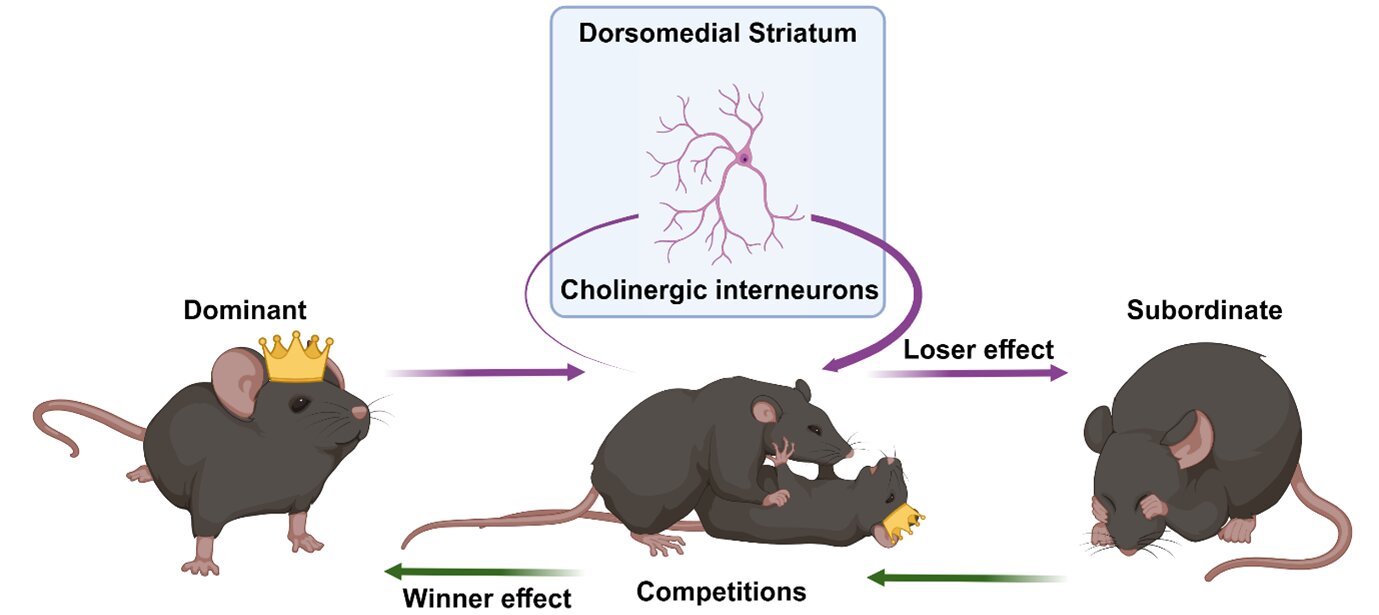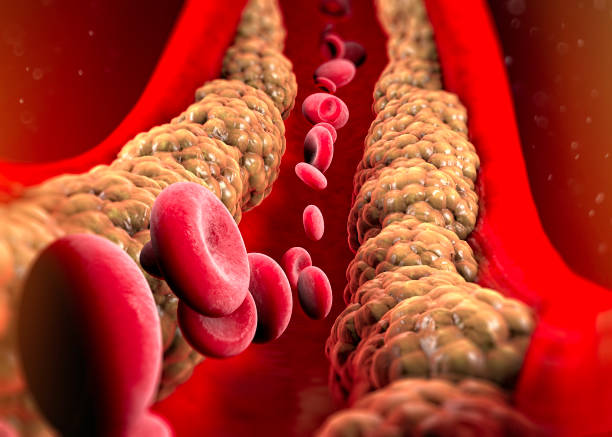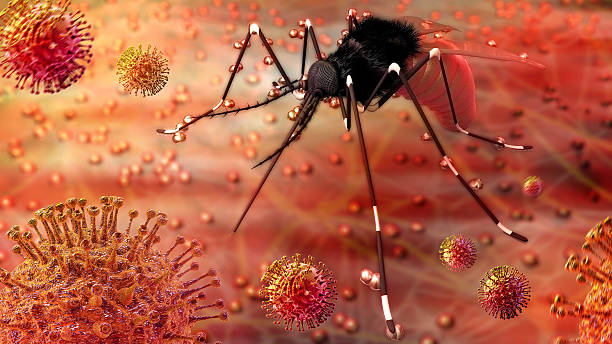Whether it’s the bustling corridors of a high school, the structured chaos of a corporate office, or a troop of chimpanzees in the jungle, one thing remains constant — hierarchies. They quietly organize life, influencing who leads, who follows, and who thrives. In humans, we might call it popularity, leadership, or status. In animals, it’s dominance. But beneath the surface, these systems are not simply about strength or size; they are about psychology, experience, and biology — the invisible machinery of the brain that governs social order.
A new study from the Okinawa Institute of Science and Technology (OIST), published in iScience, peels back this mystery, offering a fascinating glimpse into how the brain shapes hierarchy. Using male mice as their model, researchers discovered that dominance and submission are not just outcomes of physical power — they are influenced by memory, learning, and the complex activity of neurons.
The findings reveal that the brain’s chemistry — particularly a network of specialized neurons — plays a key role in determining whether an individual rises to the top or accepts a lower place in the social ladder. And intriguingly, these same mechanisms may be at work in humans.
When the Strong Do Not Always Win
It’s easy to imagine that dominance in the animal kingdom comes down to brute strength. The largest lion commands the pride, the biggest elephant leads the herd, and the boldest wolf becomes the alpha. But reality is far more intricate. The researchers at OIST found that dominance in mice — and possibly in all social animals — is not simply determined by physical attributes. It is shaped by experience.
“You may think that being dominant in the animal kingdom is all about physical attributes, like size,” explained Professor Jeffery Wickens, head of the Neurobiology Research Unit at OIST and co-author of the study. “But interestingly, we’ve found that it seems to be a choice, based on previous experience.”
That single sentence reshapes how we think about social life. Being dominant is not just something that happens to an animal; it is something that its brain decides.
Testing the Hierarchy
To explore this concept, the researchers needed a way to measure dominance objectively. They used what’s known as the dominance tube test — a behavioral experiment that looks deceptively simple but reveals complex social dynamics.
Two mice are placed at opposite ends of a narrow tube, too small for them to pass each other. They walk forward until they meet in the middle. Only one can push through and claim the path. The winner advances; the loser retreats. Through repeated trials, a clear hierarchy emerges — some mice win consistently, asserting dominance, while others become submissive, yielding more often.
Over time, the social structure of the cage begins to mirror these outcomes. Mice that win tend to stay dominant, gaining first access to food or territory, while those that lose settle into subordinate roles. Yet what’s even more interesting is how changeable these hierarchies can be.
When dominant mice from one group were placed against dominant mice from another, their social status sometimes shifted. A top mouse could suddenly find itself in a new hierarchy — lower, uncertain, humbled. Likewise, subordinates could climb in rank after defeating others. This flexibility hinted at something deeper than instinct — a mental record of winning and losing that influenced behavior.
The Winner and Loser Effects
This pattern is known in behavioral science as the winner-loser effect. Animals that win fights tend to keep winning; those that lose tend to keep losing. Winning boosts confidence, while losing changes future behavior, often making an animal more cautious or submissive.
Dr. Mao-Ting Hsu, the study’s lead author, explained: “Those with experience of winning become more dominant in future competitions, and those who lose become less dominant. In this study, we found that the ‘loser effect’ can be attributed to the activity of certain brain cells, called cholinergic interneurons.”
This finding was remarkable. It suggested that losing isn’t just an emotional experience — it’s a neurological one. The brain physically records defeat, reshaping future decisions and self-perception.
Inside the Brain: The Basal Ganglia and Decision-Making
The story then moved from behavior to biology — into the hidden depths of the brain. The researchers focused on an area called the basal ganglia, a cluster of structures crucial for movement, learning, and decision-making. The basal ganglia are often studied in connection with Parkinson’s disease, but they also play a key role in how animals adapt to their surroundings and make context-based choices.
Within this system lies a smaller region known as the dorsomedial striatum, and inside that, a unique population of brain cells — the cholinergic interneurons. These cells act as modulators, controlling how the brain processes new information and shifts behavior.
To test their role, scientists selectively removed these neurons from some mice and repeated the dominance tube tests. The results were striking: the mice without these cells no longer showed the loser effect. Even after repeated defeats, their social rank remained unchanged. They did not become submissive; they simply kept competing as if nothing had happened.
However, the winner effect — the boost from victories — remained intact. This indicated that different brain circuits control how animals process success and failure. Winning seemed to engage reward systems, possibly linked to dopamine, while losing activated circuits for flexibility and caution — precisely those controlled by the cholinergic interneurons.
The Biology of Defeat
To lose is to learn — but it is also to change. The study revealed that when an animal experiences defeat, its brain doesn’t just record the event; it adjusts its internal expectations and behaviors accordingly. The cholinergic interneurons in the basal ganglia appear to encode this change, influencing whether the animal continues to fight for dominance or withdraws.
Without these neurons, that adjustment disappears. Losing no longer matters in a biological sense. The animal becomes less responsive to past experiences, acting as if each new challenge is a blank slate.
In evolutionary terms, this flexibility has a purpose. Losing a fight can be dangerous — persistence in hopeless battles wastes energy and invites injury. The brain’s “loser circuit” might have evolved as a survival mechanism, helping animals recognize when to retreat, conserve energy, and try again later under better circumstances.
Lessons for Human Behavior
Although this study was conducted on mice, its implications extend far beyond the animal world. The structure and function of the basal ganglia are remarkably similar across mammals, including humans. That means the same neural mechanisms that shape dominance in mice might influence our own social dynamics — in workplaces, classrooms, friendships, and families.
Human hierarchies, of course, are infinitely more complex. Social dominance is not only physical or behavioral; it’s influenced by communication, empathy, intelligence, and culture. A person can be dominant at work but submissive at home, assertive among peers yet quiet among strangers. This fluidity mirrors what the researchers observed in mice — that hierarchy is not a fixed state but a flexible dance, choreographed by experience and context.
Dr. Hsu observed that “human social dynamics are obviously far more complex. The boss in one household might be at the bottom of the social ranking at work, and dominance behavior will change depending on the situation.”
This fluidity in humans may arise from the same neural adaptability observed in mice — the brain’s ability to reconfigure itself based on feedback, success, and failure.
The Choice to Rise or Fall
Perhaps the most profound takeaway from the study is the realization that dominance — the urge to lead, to persist, to command — is not entirely dictated by muscle or willpower. It is shaped by the subtle chemistry of the brain. Experience sculpts confidence, and confidence alters the neural balance that drives behavior.
For humans, this could mean that resilience and leadership are not fixed traits but dynamic states, molded by how our brains interpret past outcomes. The biological loser effect might explain why some people give up after failure while others recover and try again — and why success seems to breed more success.
The Universal Architecture of Power
Across species, social order emerges as a delicate balance between confidence and caution, assertion and submission. In a pride of lions, an office boardroom, or a circle of friends, similar neurological principles may be at play — signals in the brain guiding who leads and who follows.
The OIST study reminds us that power is not merely social but biological. The same neural circuits that govern the behavior of a mouse may, in a more intricate form, help shape the decisions of a human executive, an athlete, or a politician.
Rethinking Dominance and Empathy
Understanding that dominance is partly a choice — one encoded by neural plasticity and experience — can also foster empathy. If confidence can be weakened by repeated loss, then perhaps compassion can help repair it. Recognizing the neurological roots of behavior might allow us to see competition not as destiny but as dialogue — between biology, experience, and choice.
It challenges us to view dominance not as superiority, but as adaptability. True strength may not come from winning every battle, but from how flexibly the brain learns from both victory and defeat.
The Mind Behind the Hierarchy
Social hierarchies are as old as life itself. From bacteria that organize into colonies to primates that form alliances, the need for order and stability has shaped evolution. What this new research uncovers is that these hierarchies are not just written in behavior — they are written in neurons, in the silent electrical symphony of the brain.
In every confrontation, every decision to yield or to stand tall, the brain weighs history, emotion, and possibility. Somewhere deep in the striatum, tiny cells whisper reminders of what came before — wins, losses, risks, and rewards. They are the unseen storytellers of power, guiding how every creature finds its place in the social world.
And so, whether mouse or human, the lesson is the same: dominance is not destiny, but choice — a biological narrative written anew with every experience. The science of hierarchy, it turns out, is also the science of the self.
More information: Mao-Ting Hsu et al, Cholinergic interneurons of the dorsomedial striatum mediate winner-loser effects on social hierarchy dynamics in male mice, iScience (2025). DOI: 10.1016/j.isci.2025.113581






